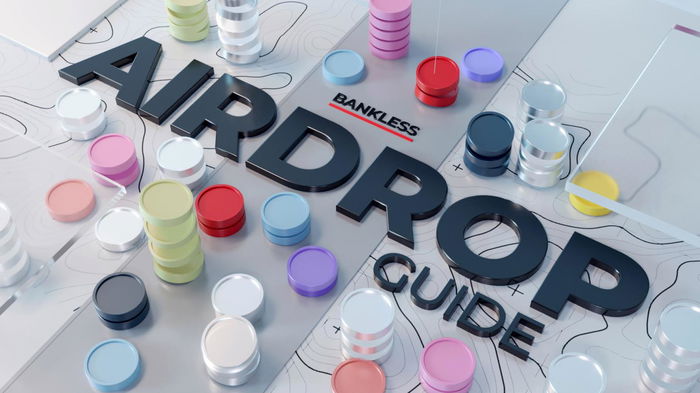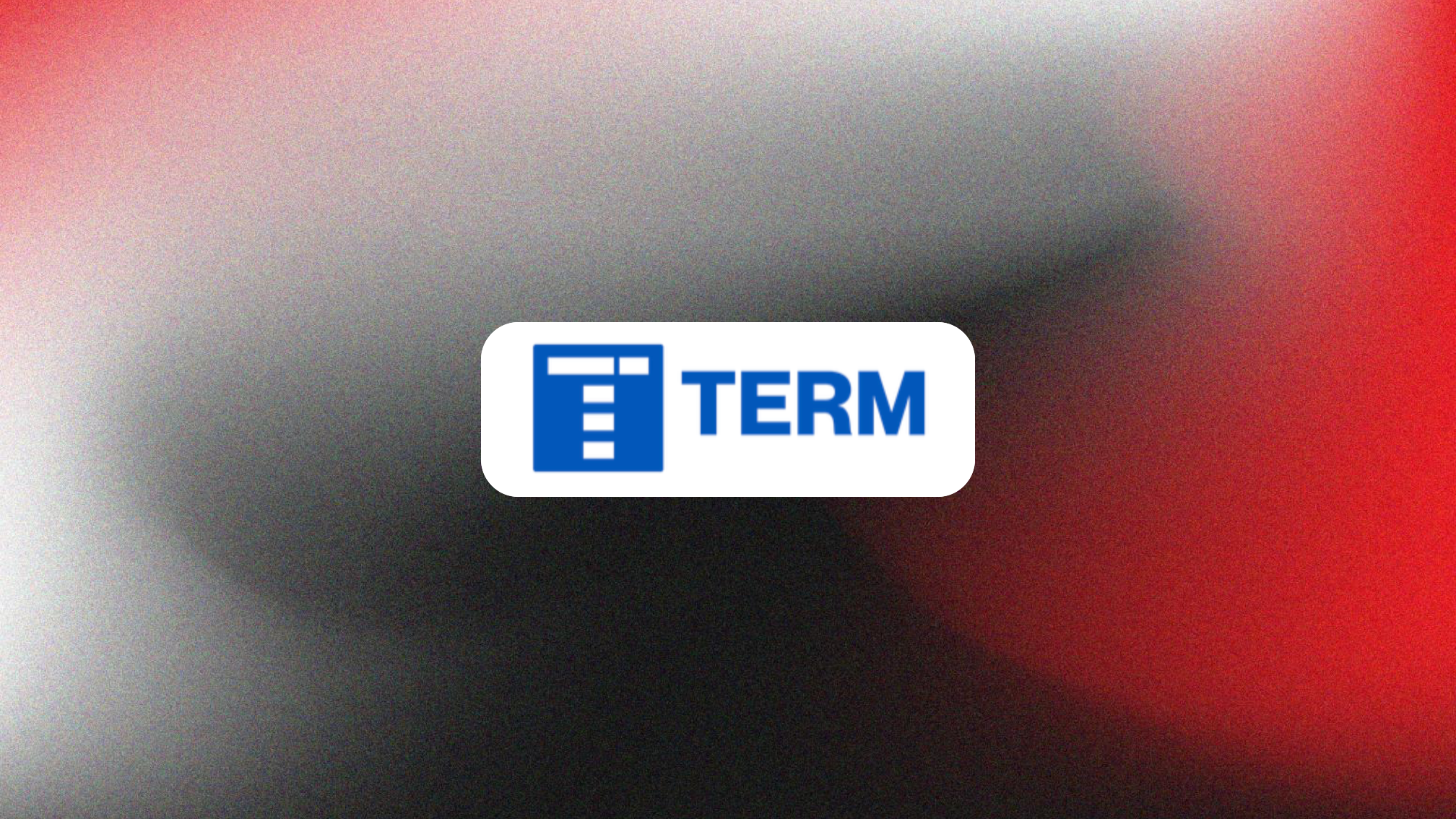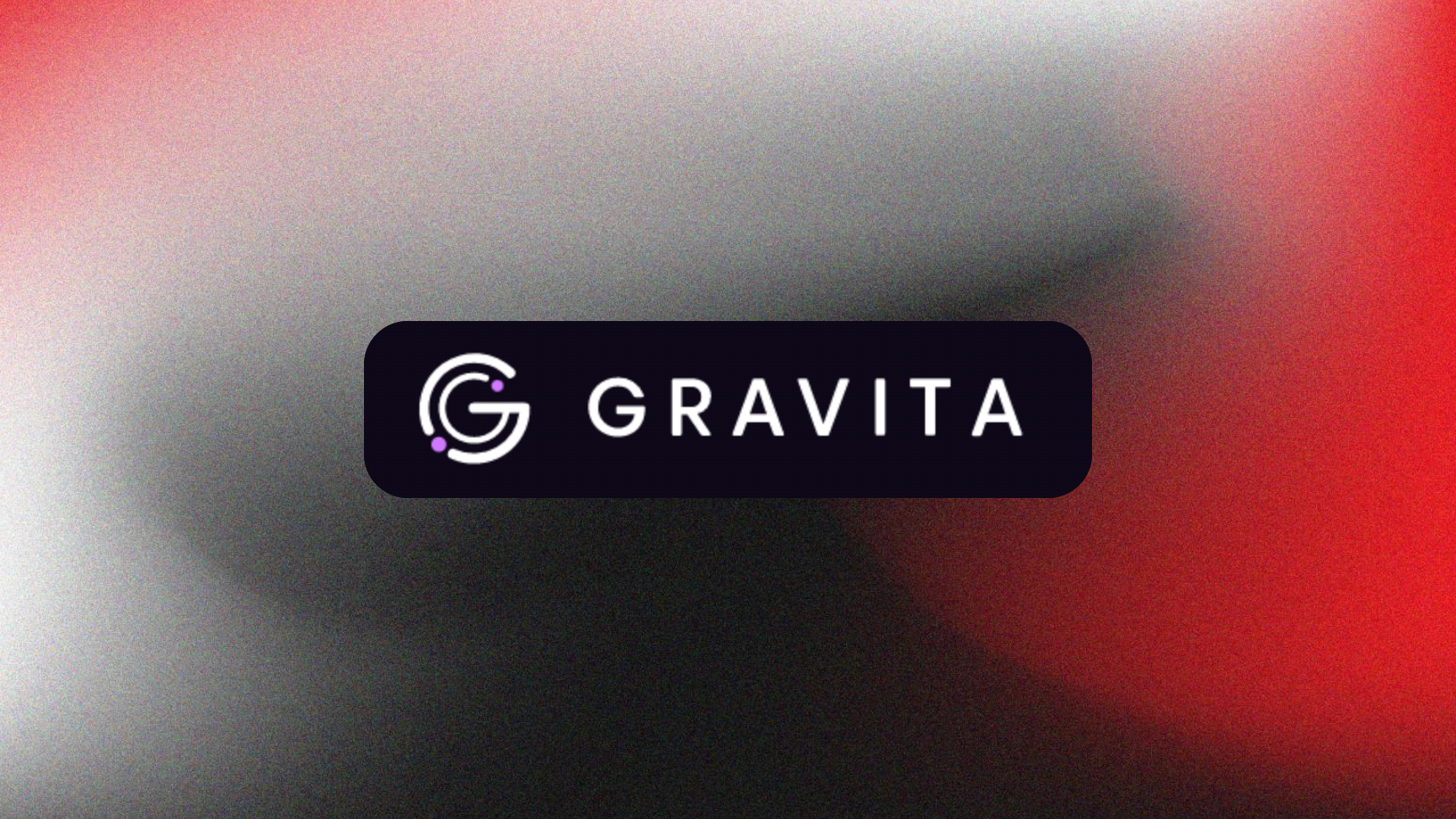
Subscribe to Bankless or sign in
We've been sharing airdrop alpha since January 2021. We claimed there was a good chance you could make 🤑 serious bank 🤑 by being an early user of these crypto protocols. We were right.
The Bankless Airdrop Guide frontran many of 2023's largest airdrops, from ![]() Arbitrum to Blur, and has served the Bankless Nation well, helping Citizens like DougO earn thousands in free tokens!
Arbitrum to Blur, and has served the Bankless Nation well, helping Citizens like DougO earn thousands in free tokens!
Some amount of work is required, but have no fear: Bankless is here! While we can't promise anything, spending just 10 minutes poking around the various protocols we cover could land you a massive payday in the future.
In this guide, we’re serving alpha: 60 protocols with potential airdrops! This guide has been designed exclusively for Bankless premium subscribers.
Disclaimer: We have no idea if the projects listed below will have an airdrop or what the airdrop criteria might be. These are best guesses based on our experience as crypto users.
🔵 Term Finance

Name: Term Finance
Status: Unconfirmed 🚫
Confidence: Medium
Sector: Lending
Chains: ETH
Why we're watching:
We've previously seen major players in the fixed rate lending space (i.e.; ![]() Element* Finance) give token allocations to early users, creating precedent for Term to do the same.
Element* Finance) give token allocations to early users, creating precedent for Term to do the same.
While it is not certain that Term will airdrop a token to its earliest users, many DeFi protocols have previously airdropped tokens to users accessing gated and testnet versions of their dApps, and being early is frequently one of the best ways to score an outsized airdrop. Keep reading to learn how you can qualify for early access to Term Finance's gated mainnet!
What is it?
Term Finance is bringing fixed rates lending to DeFi through a novel auction approach, allowing users to fix both the term and rate they borrow at!
Existing fixed rate borrowing and lending platforms, like Pendle and Element, use an AMM, however this model dilutes lender yields by having utilizations under 100%, as idle capital must sit in the AMM to facilitate swaps, and is highly susceptible to slippage, especially for users trading in size (like institutions).
Via a Dutch Auction mechanism, Term matches borrowers with lenders, achieving the highest possible yield for lenders and lowest possible cost of capital for borrowers. Participants submitting bids and asks outside of this market clearing rate have their capital returned to them at the conclusion of the blind auction process, allowing Term to utilize 100% of their users' capital.
Maximize your eligibility by:
☐ Applying for early access to the testnet
Learn More:
🟣 Gravita

Name: Gravita
Status: Unconfirmed 🚫
Confidence: Medium
Sector: Stablecoin
Chains: ETH
Why we're watching:
Gravita states in its docs that the team will release information regarding governance token specifications, including its distribution, at some point in the future and advises readers to tune-in to learn more about a token.
Protocols that align themselves with " Ethereum values" have a higher likelihood of airdropping a portion of their governance tokens to early users; Gravita has done so in two ways. By accepting bLUSD and liquid staking derivatives, Gravita has displayed its desire to serve members of the broader Ethereum community. Crucially, Gravita has been transparent about its forked nature and vision to improve an open-source protocol.
Ethereum values" have a higher likelihood of airdropping a portion of their governance tokens to early users; Gravita has done so in two ways. By accepting bLUSD and liquid staking derivatives, Gravita has displayed its desire to serve members of the broader Ethereum community. Crucially, Gravita has been transparent about its forked nature and vision to improve an open-source protocol.
What is it?
Gravita is a Liquity fork built to address the inherent limitations of its immutable predecessor, including the scalability constraints imposed by LUSD's single collateral (ETH) model. As a "friendly fork," Gravita intends to bolster ![]() Liquity usage by accepting bLUSD – colloquially known as Chicken Bonds – as collateral, in addition to other decentralized yield-generating assets (like LSDs).
Liquity usage by accepting bLUSD – colloquially known as Chicken Bonds – as collateral, in addition to other decentralized yield-generating assets (like LSDs).
Maximize your eligibility by:
☐ Depositing GRAI in the Stability Pool
☐ Borrowing GRAI on bLUSD (no liquidations on bLUSD!)
☐ Providing liquidity in Uniswap's GRAI/USDC and GRAI/ETH pools or Curve's GRAI/FRAX/USDC pool (Gravita flagged liquidity as a major need in a Twitter space, making this a must for any airdrop farmooor)
☐ Following Gravita's Twitter for info on its governance token distribution
Learn More:
- 🐦 Gravita Airdrop Alpha Thread
- 🐦 DCA into ETH with Gravita's Stability Pool
- 📃 Gravita Protocol: Designed for ETH Derivatives
- 📃 Introducing Gravita
Upgrade to continue reading
- Support the Bankless Movement
- Premium Feed: Ad Free & Bonus Content
- Daily Market Analysis & Research
- Airdrop Hunter: Guided, Vetted Projects
- Claimables: Find & Claim Airdrops + more
- Private Discord w/ David & Ryan



